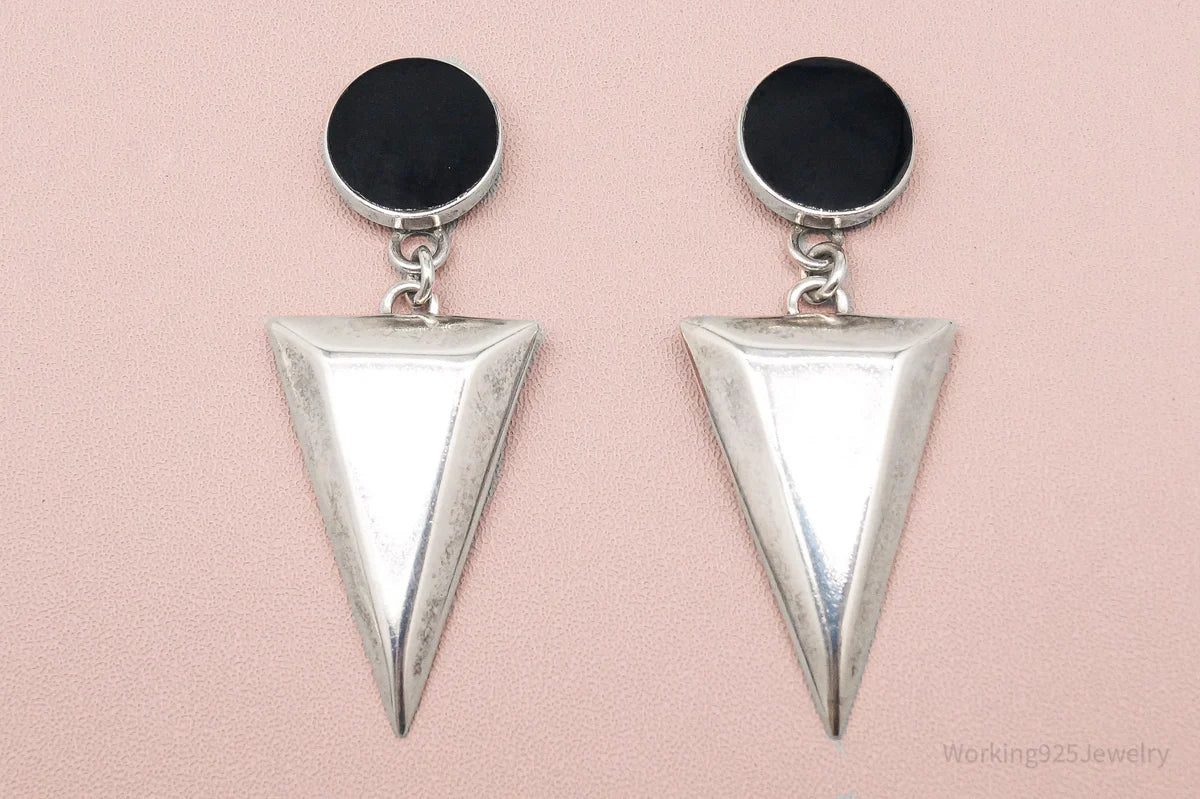If you've ever come across a piece of jewelry marked with the number "925," you might have wondered what it signifies. That small stamp is a key indicator of the metal's quality and composition. In this blog post, we’ll break down the meaning of the 925 marking, why it's important, and how it affects the value and durability of your jewelry.
What Does "925" Mean?
The "925" stamp on jewelry refers to the purity of the silver used in the piece. Specifically, it means that the jewelry is made of 92.5% pure silver, with the remaining 7.5% typically made up of other metals, usually copper. This composition is commonly known as "sterling silver".
Sterling silver has long been recognized as a high-quality metal for crafting fine jewelry, household items, and even coins. The 92.5% silver content is high enough to ensure the piece retains the shine, beauty, and hypoallergenic properties of silver, while the added metals help enhance its strength and durability.
The Origins of the 925 Marking
The 925 stamp comes from a long tradition in silversmithing that dates back centuries. In fact, sterling silver was first standardized in England in 1300 by King Edward I, who decreed that all silver should be of 92.5% purity. This standardization helped ensure that silver products were of consistent quality, and over time, the 925 stamp became a universally recognized marker of sterling silver.
The 925 stamp can be found on many silver jewelry items today, from rings and bracelets to necklaces and earrings. It's often accompanied by other markings such as a maker's mark or country of origin, which provide additional information about the piece.
Why Is the 925 Marking Important?
The 925 stamp is important for several reasons, especially if you're shopping for or selling silver jewelry:
1. Assurance of Quality: When you see the 925 marking, you can be confident that the piece is made of genuine sterling silver. This offers peace of mind, as you know you’re not purchasing silver-plated or low-quality alternatives.
2. Value: Sterling silver is a precious metal, and the 925 marking signifies that your jewelry holds intrinsic value. While it’s not as valuable as pure gold or platinum, sterling silver is still a desirable metal that can hold or even increase its value over time, particularly for handcrafted or designer pieces.
3. Durability: Pure silver (99.9% silver, sometimes called fine silver) is relatively soft and prone to scratching and bending. By alloying silver with 7.5% other metals, typically copper, sterling silver becomes more durable and resistant to wear and tear. This makes 925-marked jewelry more practical for daily wear.
4. Hypoallergenic Properties: While sterling silver contains a small percentage of copper or other metals, it generally retains the hypoallergenic qualities of pure silver, meaning it’s unlikely to cause skin irritation or allergic reactions in most people. Be aware that unless marked NF, it may contain nickel, which some bodies have an allergic reaction to. All bodies are different!
How to Identify Sterling Silver Jewelry
While the "925" stamp is a reliable indicator of sterling silver, it’s always a good idea to double-check for additional signs of authenticity. Here are a few ways to spot sterling silver:
- Look for the Marking: The most straightforward way is to check the piece for a "925" stamp. This is typically located on the inside of rings, the clasps of necklaces or bracelets, or the backs of earrings.
- Test the Metal: If you're unsure about the authenticity of the piece, professional jewelers can conduct tests (like acid testing or X-ray fluorescence) to confirm whether the jewelry is truly made of sterling silver.
- Buy from Reputable Sources: Purchasing silver jewelry from trusted retailers (like Working 925 Jewelry!) or certified jewelers increases the likelihood that you're getting authentic sterling silver. Always ask for documentation or certificates of authenticity if you're buying a high-value piece.
Common Misconceptions About 925 Jewelry
- 925 Jewelry Is Not Pure Silver: One common misconception is that a 925 marking means the jewelry is made of pure silver. In fact, 925 silver contains 92.5% silver and 7.5% of another metal (usually copper). While it's not pure, it's still an excellent choice for jewelry due to its balance of beauty and strength.
- Sterling Silver Jewelry Doesn't Tarnish: While sterling silver is highly durable, it can tarnish over time due to reactions with air and moisture. Regular cleaning and proper storage can help prevent tarnishing and keep your jewelry looking shiny and new.
Caring for Your 925 Jewelry
To maintain the luster and quality of your 925 sterling silver jewelry, it's important to care for it properly. Here are a few tips:
1. Store Your Jewelry Properly: Keep sterling silver jewelry in a cool, dry place, away from direct sunlight and humidity. Store it in a soft cloth bag or box to prevent scratches.
2. Clean Regularly: Clean your jewelry with a soft cloth and a gentle silver cleaner. Avoid harsh chemicals or abrasive materials that can damage the surface.
3. Avoid Exposure to Chemicals: Remove your jewelry before swimming, showering, or using cleaning products, as chemicals like chlorine can tarnish silver.
4. Polish for Shine: Use a polishing cloth designed for sterling silver to keep your pieces looking shiny and new.
The 925 marking on jewelry is a sign of quality and authenticity, indicating that the piece is made of sterling silver, a durable and beautiful metal. Whether you're purchasing a new piece of jewelry or evaluating a collection, understanding the meaning behind the 925 stamp can help you make informed decisions. Remember to care for your sterling silver jewelry to ensure it stays in excellent condition for years to come.
By knowing what the 925 marking stands for, you’ll be better equipped to appreciate the true value of your silver jewelry. Whether you're wearing it for style, investment, or sentimental reasons, sterling silver jewelry remains a timeless choice.


2 comments
Leah Bauer
Hi Jim,
Great question! In the silversmith industry, there are many available hallmarking tools available to designate a piece as Sterling Silver, using the mark “STERLING”, “925”, “.925”, “STER” (and probably more that I’m forgetting at the moment). As these are industry standard tools that all makers have access to, I would say that there’s a high likelihood that a Native American maker could (and likely would) be using any of the given stamping tools available. As to whether there is a taboo about the particular “.925” stamp, I am not personally aware, however I have seen many different marks on items that I have sourced directly from Native American makers. The best way to verify the authenticity of an item(and to support the amazing Native American makers behind the work!) is to purchase directly from the artist, or to buy from reputable sources who guarantee their items.
You can find a wealth of knowledge on Native American jewelry hallmarks in books by researchers who have compiled lists of hallmarks in alphabetical order to preserve the legacy of these artists: https://billehougartbooks.com/products/native-american-and-southwestern-silver-hallmarks-5th-edition-print-version
This website is also wonderfully helpful:
https://www.art-amerindien.com/hallmarks/
Again, a great question! If you have a link to the article, I’d love to read it! We are always educating ourselves and enjoy speaking to our customers!
Thank you for the comment and checking out my site, and I hope you are having a wonderful day!
Warmly,
Leah
Jim
Is the “.925” designation usually a typical marker that the jewelry is imported & not Native American-made?
On another blog, it was stated that this is typically the case, and I had my doubts.